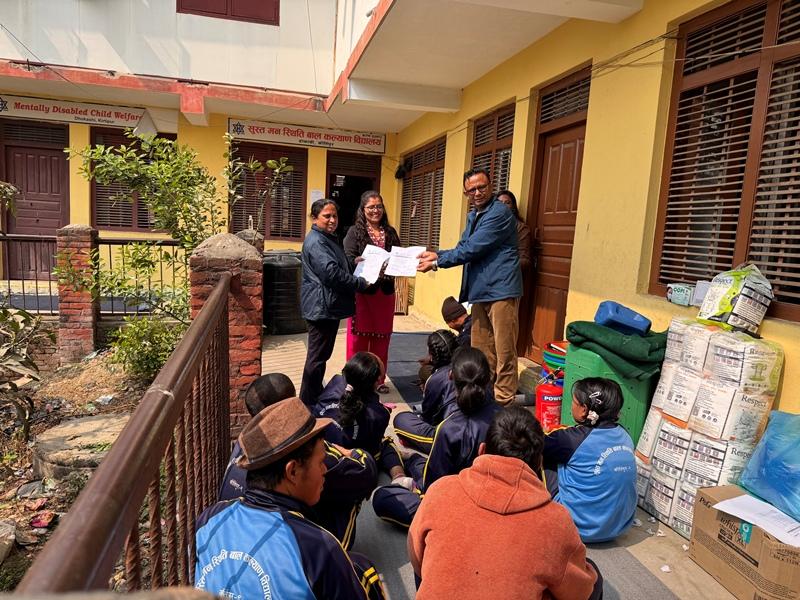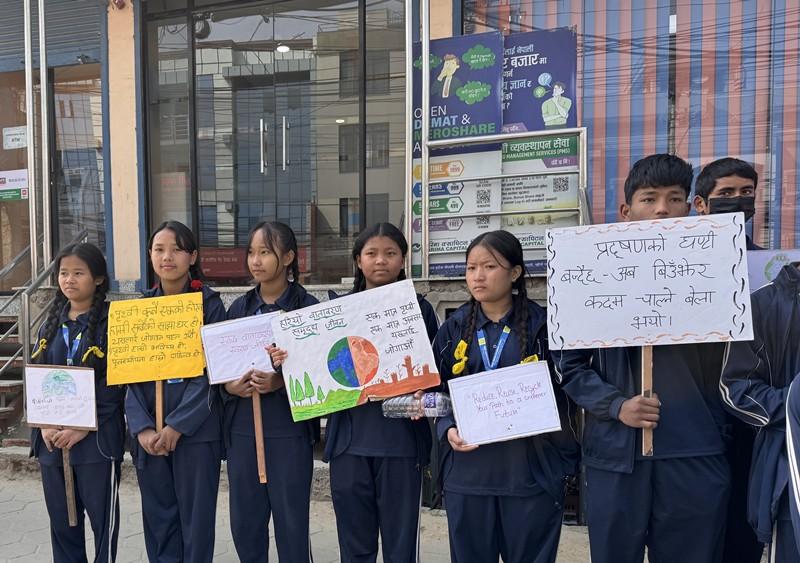



NSET was founded by a meeting of professionals on June 18, 1993 with the vision "Earthquake Safe Communities in Nepal by 2020". The meeting, convened by Amod Mani Dixit and Mahesh Nakarmi, was attended by around 15 professionals from the Ministry of Housing and Physical Planning and its departments, seismologists, university professors, civil engineers and journalists.
News releases

The 9th Asia Conference on Earthquake Engineering (9ACEE) will take place in Kathmandu, Nepal from 4-6 May, 2026. 8th ACEE held in Taipei in November ...

Safe and Green School equipment handover event took place on February 27, 2025, at Sustamanasthiti Bal Kalyan Vidhyalaya in Kirtipur and Madan Smarak ...

With the view to raise awareness about climate change and promote environmental conservation, an impactful environmental awareness campaign has been s...
NSET Thematic Division








NSET Recent Projects
| Once you feel earthquake shaking and inside, find a safe place and perform "Drop, Cover and Hold". |
| If you are in a place such as department store, or an exhibition hall, follow the instructions of the security guard or warden. |
| If you are at ground floor and near to exit, follow the safest and shortest route for evacuation. Be careful if the exit leads into a narrow lane which could be dangerous. |
| If you are outside, protect your head;avoid hazards like falling buildings, trees, electricity poles, bridges etc. |
| If you are in an automobile, move to the left curb and park, do not enter prohibited areas;avoid tall buildings, poles, tall trees and bridges. |
| Be careful of landslides, rock falls and impending hazards. |
| Do not panic or perform unsafe act such as rushing, jumping out of window. |
| Before evacuating, if possible turn off flames or heat sources that can cause fire. |
| As shaking stops, grab your Go Bag and then evacuate. |
| Ignore rumors, move only after receiving accurate information. |
| # | Title | Publish Date | Status | Action |
|---|---|---|---|---|
| 1 | Vacancy Announcement | 2024-10-17 | CLOSED | |
| 2 | Vacancy Announcement | 2024-09-09 | CLOSED | |
| 3 | Vacancy Announcement for the position of Chief of Party (COP) | 2024-04-17 | CLOSED | |
| 4 | Vacancy Announcement: for position Consultant (CSS/ Climate Change and Green Schools) | 2024-04-09 | CLOSED | |
| 5 | Vacancy Announcement for the position - Civil Engineer | 2024-02-27 | CLOSED |